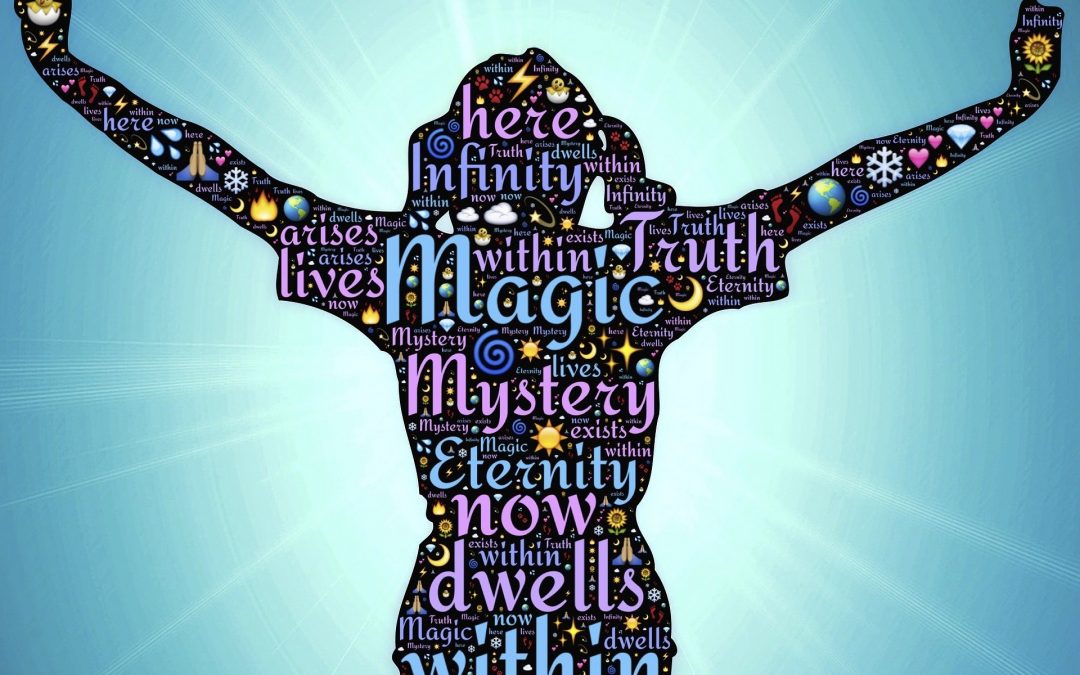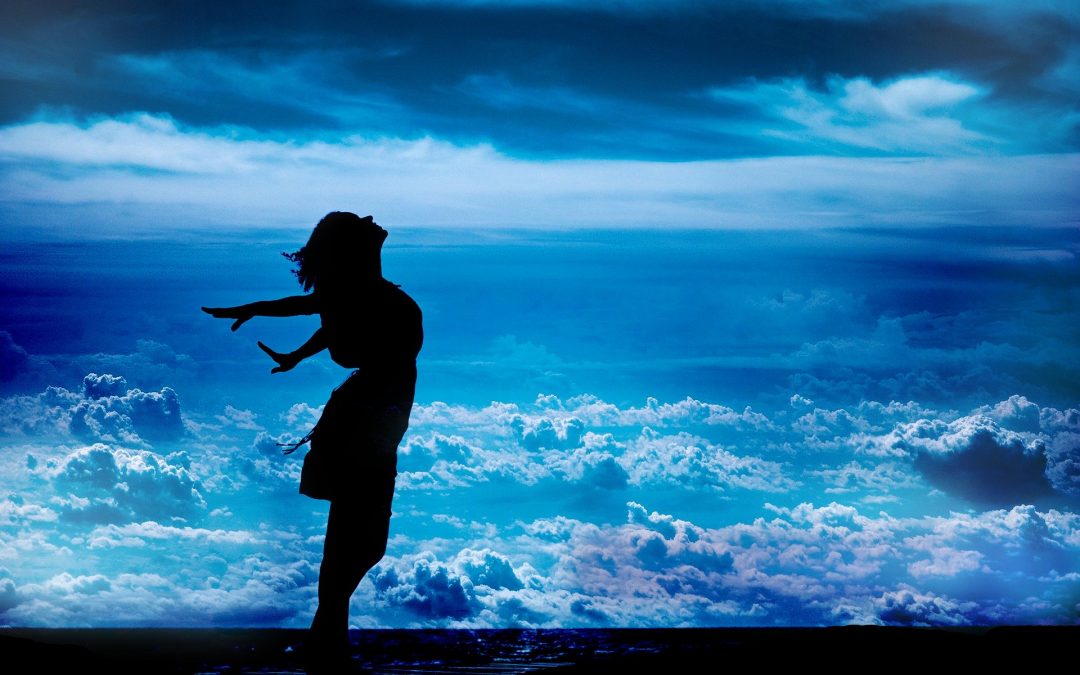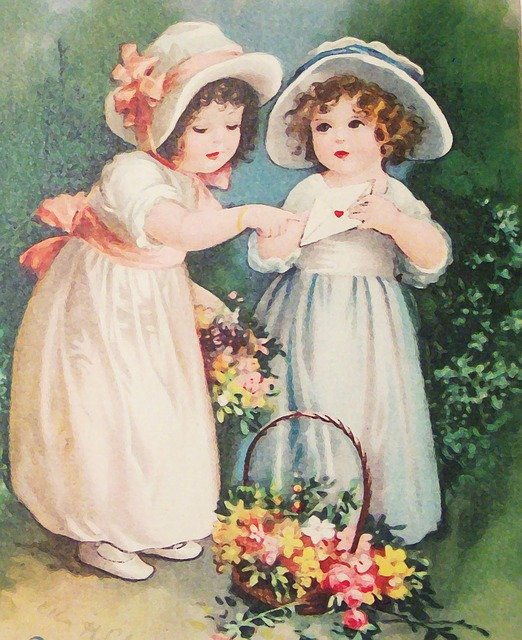
Our Needs and Self-actualization
Human development is a process of needs being met or not met. People satisfy the lower levels of basic physical needs like hunger, safety and belonging before they are able to pay attention to upper levels of needs. The upper levels of needs are based upon inner spirituality, such as love of self and others and living your own truth. Awareness of this inner spiritual world leads people to further their development towards their potential. This is what Abraham Maslow called self-actualization.
We must take care of our physical, mental, emotional and social needs in the material world before we are ready to move to the spiritual needs. Once we have mastered our material worldview, we can begin to develop our inner worldview. Some folks are comfortable in meeting only their material needs. To them, this is all there is to life. Some folks have everything they need on the material plane and yet, they are not quite settled or happy. They yearn for something “more”. Toni Gilbert, a transpersonal therapist, calls this “the archetypal spiritual self.” This is where self-exploration, self-realization and self-actualization reside.
Maslow’s initial work on human development described human needs in a progression from basic needs, to interpersonal needs through to inner personal needs. In his view, to reach our full potential as a human being, we needed to look within to find our truth, strength, talents, motives and special purpose in this world. Only then could we experience all that life has to offer us. For some people, this sounds like too much work – inner, outer whatever work! But for many, there comes a time when “more” isn’t about stuff. It’s about life. It’s about spirit. It’s a time when we begin to examine ourselves in our entirety, and reclaim those pieces that have been lost or forgotten. They are part of our story. They help us move into our true self and purpose. We are coming home to our heart.
To quote Toni Gilbert from her book, Messages From the Archetypes:
“People need to develop a higher love of self. This is not a selfish or vain love,
but a true knowing of your rightful place in the world. Sometime in your development
you come to realize that you are a divine being and you belong to a divine world and a divine universe. As you love yourself, you love others. You cannot express true love unless you have it for yourself. But you can’t just step over some threshold and become a self-actualized person. Loving yourself is at the foundation; it is the gate to the higher self. And loving yourself
requires a lot of inner work. People can give you tools to do this inner work, but the bottom line is: you must do this inner work yourself. You must go where you haven’t gone before, on a journey through your own inner consciousness, the inner worldview,
to gain your spiritual gifts of wisdom and insight. ((pp.114-118)
A self-actualizing person operates from a higher level of being, a higher mind and a more refined personality. Becoming self-actualized means that you discover your gifts and talents to use in the world and then become all you are capable of becoming. Self-actualized people are spiritually in tune with something greater than themselves – God, Goddess, Higher Power, Universal Life Force or whatever is your belief. To become all you are capable of becoming, you must build a relationship with your Higher Power during your inner work. Being human means that we will drop into lower level behaviours at times. This is taken in stride as a life experience and lesson – and judgement is not required. Learn the lesson, give thanks for the lesson, then carry on. Experience and knowledge help create wisdom.
Toni Gilbert summarizes the characteristics of the Self-Actualizing Person as follows:
- self-actualizing people are conscious of their inner worldview and become contributors to the greater good of humankind and the earth. They feel a kinship to others and selflessly give of themselves
- they have a mission in life and see life as meaningful. They are creative, filled with self-esteem and live life fully
- they have difficulties but they enjoy life most of the time.This is because they live in the present and don’t look to the future for a time when life will be better
- they feel that life is a highly interesting journey and they enjoy exploring
- peak experiences lead self-actualizers to more awareness in their life. There is an openness to new explorations, which allows them access to spiritual experiences. (p.116)
If you are feeling the inner nudge to “explore the more” it’s never too late to start. Meditation, journaling, dream work, visualizations, energy work, counseling, oracle cards, guided imagery, art therapy, music therapy, yoga, a walk on the beach or in the forest are just some of the ways you can begin exploring your inner world. You are always in the driver’s seat of your magic bus!
DID YOU KNOW …..
- This month received its name from the oracular Juno Augusta. The term augur was later applied to priests, and august to the Roman emperors. An august person was filled with the spirit of the Goddess (the Holy Spirit). To augur means to prophesy, to see, to increase
- Full moon in August is known as the Barley Moon
- August message: to gather, to appreciate, to nurture (Pat’s message: to the beach!)
- Gemstones are Peridot and Sardony





Recent Comments